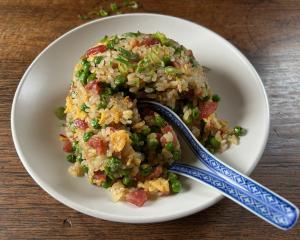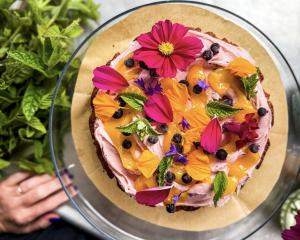
Aroma is important to the overall enjoyment of food or beverage. When wine, for example, is judged out of 20 points, three are for clarity, five for aroma and 12 for flavour. In other words, aroma is a quarter of its quality.
Steinlager is the culprit at the moment, with both Pure and Edge being consumed from the bottle in their commercials. Worse, the Edge is proclaimed to be full flavour, when the flavour is not fully appreciated when drunk out of a bottle.
European brewers are more sophisticated on telly: Stella Artois focuses on the head in a glass, and Carlsberg also has its brew served in a glass. Both glasses are shaped (as are goblet and tulip-shaped ones) to trap and therefore enhance the impact of the aroma.
Basically, the mouth perceives only the five elements of taste: sweet, sour, bitter, savoury and salt. But the nose and the nasal passages at the back of the mouth perceive thousands of flavours.
Drinking out of a bottle is almost as bad as drinking when you have a cold and much the same as eating or drinking while holding your nose: the food or drink is quite tasteless. That is why I held my nose as a kid when the daily spoonful of cod-liver oil had to go down.
For example, try two different-coloured jellybeans, one at a time, while holding your nose. Each tastes sweet, but you cannot distinguish the berry flavour in the red one from lime in the green one.
As you age your sense of smell declines, and food and beverages seem more bland.
My stepfather lost his sense of smell (and therefore much of his taste) during an airline flight, which pleased mother because he would thereafter eat anything she put in front of him.
At least he did not suffer from depression, like some do when they lose their sense of smell.
Scientists believe such depression sets in because the part of the brain that records flavour is close to the bit that records pleasure.
Challenge over
The Monteith's annual beer and wild food challenge is all about matching, contrasting or complementing the tastes and flavours of food and beer.
The annual challenge, in about 120 bars, cafés and restaurants around the country (including 16 in Otago and Southland) has just ended and six regional finalists will be named at the end of this week.
More than 5000 diners have voted for their favourite meals in the past month. The challenge has been to match food not normally farmed with one of Monteith's beers.
For example, lagers and lighter beers suit shellfish or chicken; pilsners and bitter beers herbed or spiced food; malty beers roast meat; dark beers steak, gravy dishes or even raw oysters. The six best dishes will be judged in about a fortnight.
- Ric Oram.












